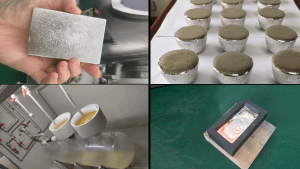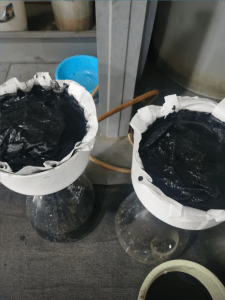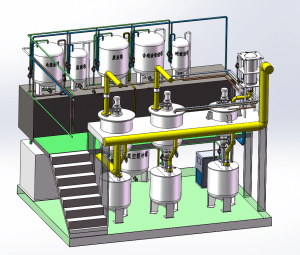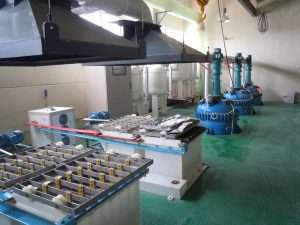Call us now:
I. The complete process flow for handling failed catalysts
Catalyst sampling: A small sample of catalyst is removed from the reactor or catalyst stack for characterization and evaluation.
Catalyst characterization: Physical and chemical characterization of the catalyst, including analysis of specific surface area, pore size distribution, chemical composition, crystal structure, etc., to determine the cause of catalyst failure.
Catalyst drying: The catalyst samples are dried in an oven to remove possible moisture and other volatiles.
Catalyst reduction: The catalyst is reduced in a reducing atmosphere to reduce the oxides and nitrates that may be present and restore its catalytic activity.
Catalyst pickling: The catalyst sample is pickled in an acidic solution to remove any carbon and other impurities that may be present.
Catalyst roasting: The catalyst sample is roasted at high temperature to remove possible organic matter and other contaminants.
Catalyst reactivation: The catalyst is reactivated under appropriate conditions to restore its catalytic activity.
Catalyst reuse or disposal: For successfully activated catalysts, they can be used again in the reactor; for catalysts that cannot be recovered, they need to be safely disposed of.
The exact steps and conditions will vary depending on the type of catalyst and the cause of failure.
Second, here is the treatment method
The complete process flow for treating failed catalysts is still in three stages: enrichment, separation and refining. The key step and technology of the whole process is the enrichment of precious metals, i.e., the separation of the carrier and precious metals by fire melting or wet leaching techniques, and the extraction of the intermediate products enriched with precious metals. After obtaining the enrichment of platinum, palladium and rhodium, the scale of treatment is small, and the upper step of separation and refinement can be used for the products by traditional selective precipitation, solvent extraction or solid-liquid extraction, which is a relatively mature technology.
The enrichment techniques that have been studied or partially applied can be divided into two categories: fire melting and wet leaching, and large recycling plants mostly use fire melting enrichment.



